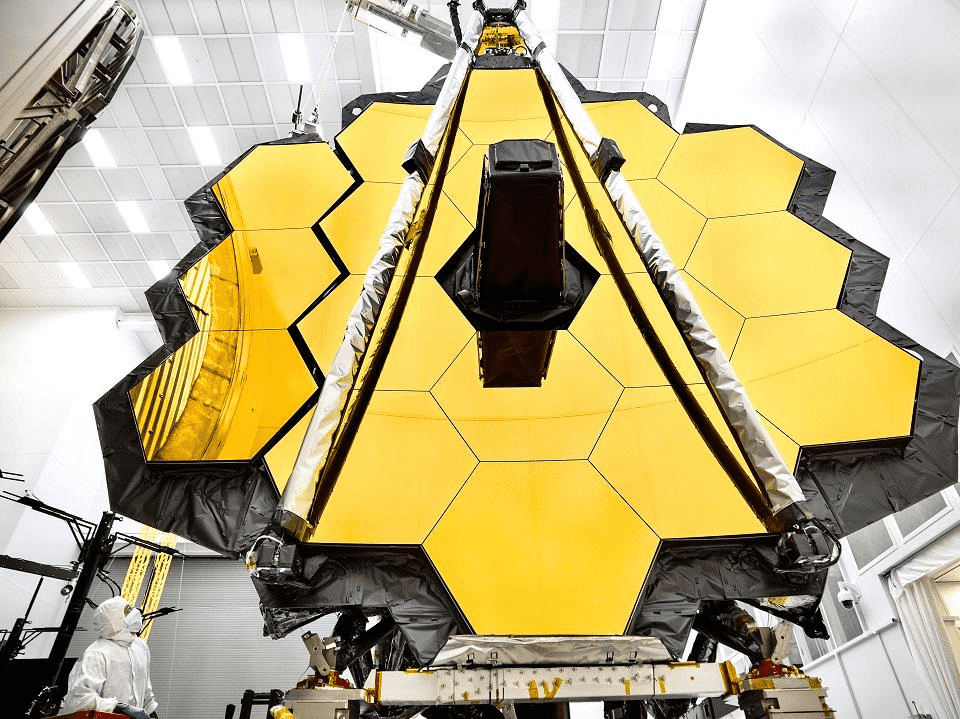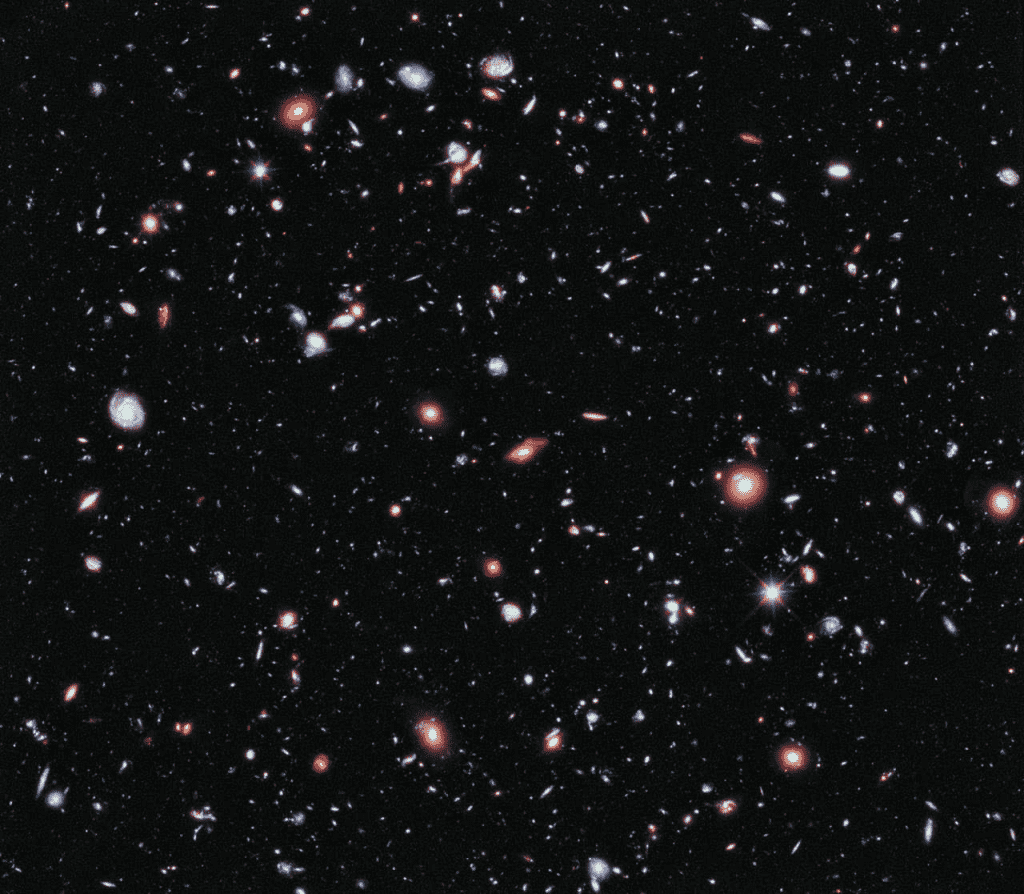NASA’s biggest James Webb telescope, which emerged on Dec 25, 2021, having a value of $10 billion, is all set for a historic task. It has been revealed by the space agency that NASA’s James Webb telescope will be releasing “the deepest images of our universe that have ever been taken.” NASA took about 20 years to get its hands on this technological breakthrough, and has now been on a mission to explore some eyebrow-raising mysteries of our universe, including our existence, and will dive deeper into the astonishing details of space, which has never been done by any telescope before in history. As per the news reports, NASA will officially unveil the first-ever images from JWST on the 12th of July at 10:20 am EDT.

According to NASA’s administrator, Bill Nelson, “This is farther than humanity has ever looked before, and we’re only beginning to understand what Webb can and will do. We’re in the middle of getting history-making data. There’s already some amazing science in the can and some others are yet to be taken as we go forward. ” As per scientists, the metric used for measuring distance in space is “light years” and, hence, we measure all the stars in the galaxy in terms of light-years.
The nearest star is about four light-years away, as reported by NASA, so if we look at this star today with the help of a telescope, it will depict itself as it was four years ago from today. The purpose of discussing this concept here is that the first thing James Webb’s telescope will do is explore all the unidentified galaxies that were not included in the Big Bang theory. However, if we talk about other galaxies, then they are not that much closer to the Earth and the farthest galaxy is known as the “Virgo Cluster of Galaxies”, which is about 60 million light-years away from the Milky Way galaxy.

It is interesting to note that the images will also contain the “first-ever spectrum of an exoplanet”. This would be of utmost importance to space scientists as the spectrum gives insights into the amount of light that is being emitted at their specific wavelengths and then measures it. Similarly, it is also related to the composition of the planet and the position that it beholds in the entire universe.
Scientists are continuously making efforts to bring the telescope to its optimal working conditions by examining its mirrors and other scientific instruments. The telescope is intended to produce a huge number of pictures and data in the coming months and years, as stated by the space engineers. According to Jonathan Gardner, who is acting as Webb’s deputy senior project scientist at NASA Goddard, “It’s larger than Hubble, so it can see fainter light. Those first small, faint galaxies merged again and again over time to become the larger ones we know now, including our own Milky Way. “


